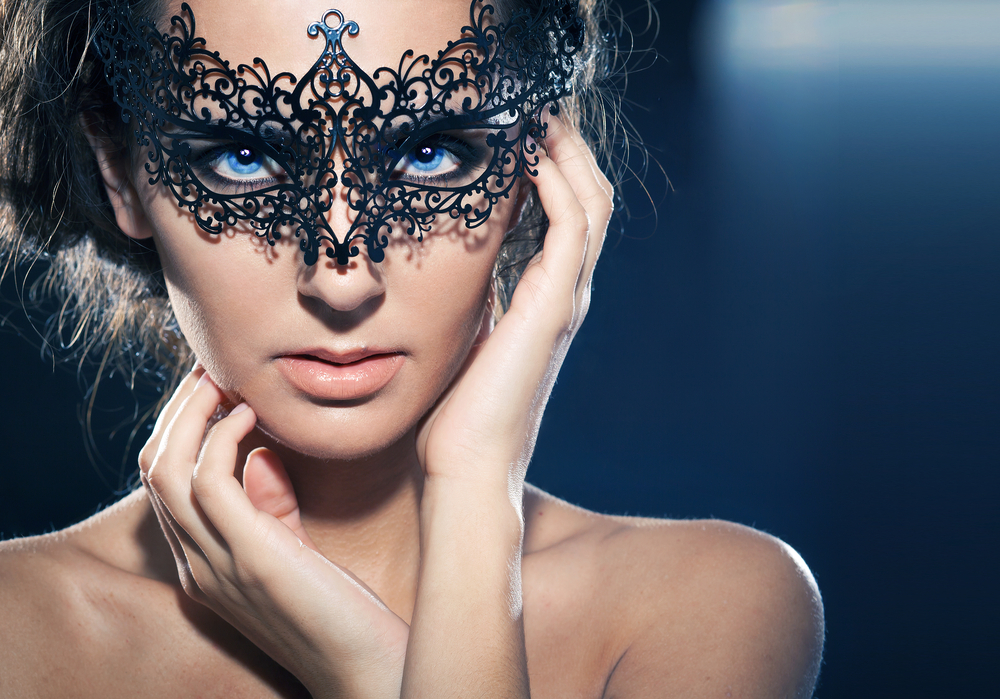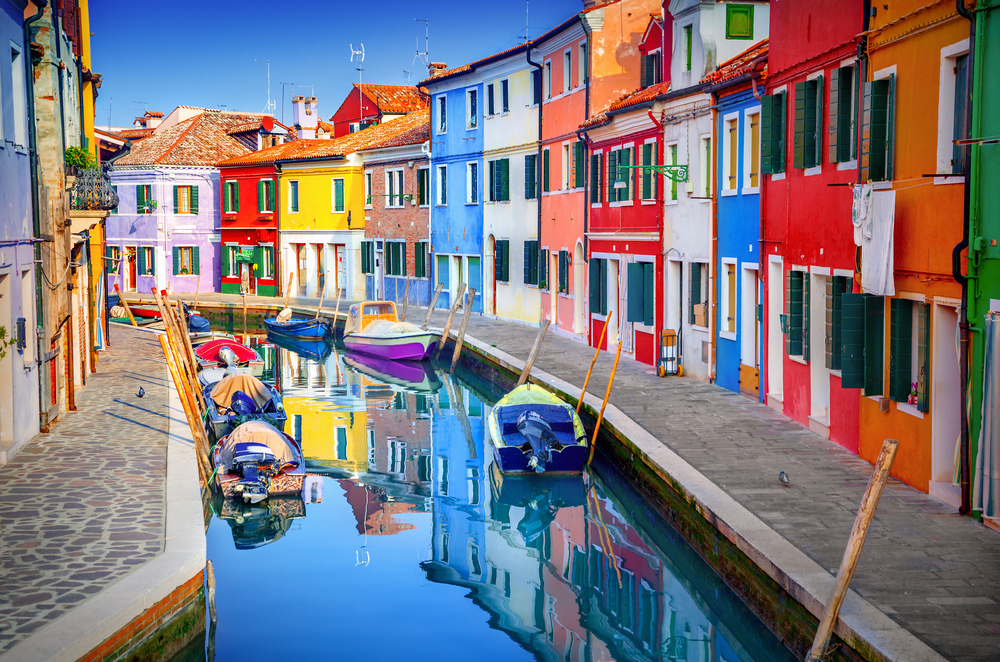The romantic lace-making of Venice
The romantic lace-making of Venice
The romantic lace-making of Venice
-
Hannah
-
Hannah

My romantic novel The Echoes of Love opens at the time of the Venice Carnival – a lively, historical event with parties galore and plenty of opportunities to dress up. The protagonist, Venetia, attends a grand masquerade ball at which both men and women wear traditional Carnival costumes:
The long room, flooded with a golden glow from enormous Murano chandeliers, was filled with people mostly hidden behind carnival masks, their disguises rich and colourful, glittering with the splendour of diamonds, rubies, sapphires and emeralds. Transformed by their costumes into stately drifting mountains of Burano lace, with bright trailing peacock skirts of old brocade, the ladies flicked fans before their faceless faces, their heads adorned with neat, small cockaded tricorne.
Are you familiar with Burano lace? I was keen to include it in the ladies’ costumery because it is quintessentially Venetian, and it inspires the intricate masquerade masks of the Carnival.
Burano lace comes from the lagoon island of Burano, where it has been made since the 16th century.

Burano Island
Two techniques exist for the Burano lace: punto in aria, which is created simply with a needle and thread (no fabric at all!), and tombolo, which uses a stuffed cushion as a base. Legend has it that the beginnings of this lace-making are rooted in romance:
A fisherman was casting his nets in the Venetian lagoon and dreaming of the young lady to whom her was betrothed when his boat drifted towards a rock on which sat a pretty mermaid – a siren. As was her way, the mermaid tried to entice the fisherman to come to her with a lilting, mesmerising song. But the fisherman was deeply in love with his fiancée, and he resisted the siren’s allure.
So impressed was the mermaid with the fisherman’s fidelity, she made a wedding veil for his betrothed: she banged her tail on his boat, and the foam that sprang up settled into a beautiful and intricate work of lace.
On the day of the wedding, the fisherman’s bride wore the veil he had mysteriously given to her, and all the guests were struck by the beauty of the cloth. The young women among them took the veil and studied it, and tried to emulate the material with needle and thread. Thus lace-making was born, and through good-natured competition to make the very best lace for their wedding dresses, the women began the legacy of the very fine Burano lace.
So there you have it: Burano lace, symbol of a man’s faithful love for his betrothed.

Such was the fine workmanship and delicacy of Burano lace that it quickly became popular worldwide and was bought up by nobles and royal families. Austrian Emperor Joseph II, for example, bought Venetian lace to adorn his wedding bed for 3,000 florins, and Leonardo da Vinci bought an alter cloth made of lace for the Duomo di Milano. Apparently, in the late 19th century a bride wore a Burano lace gown that was so intricate it took twenty-one women five years to complete it!
Eventually, a lace-making industry grew on the island, which contributed, along with Murano glass, significantly to the city’s wealth. In time a school was established to teach the various stitches and techniques. But then along came the industrial revolution and the capacity to make machine-made lace, and thus the popularity of handmade, expensive lace dwindled.
In recent years, though, Burano lace has been enjoying a renaissance, thanks in part to its recognition as a fine artisan creation, an artwork of sorts: after all, the lacework is very intricate, a true labour of love. In the Venetian calendar events and fairs are dedicated to promoting the historic needlework, and both on Burano and in Venice itself you’ll find shops selling artisan creations, from dresses and handkerchiefs to tablecloths and veils.

Picture credit: Steve Estvanik
If you visit Burano, be sure to take a look at the lace museum (Museo del Merletto di Burano), which has original lace dating back hundreds of years.